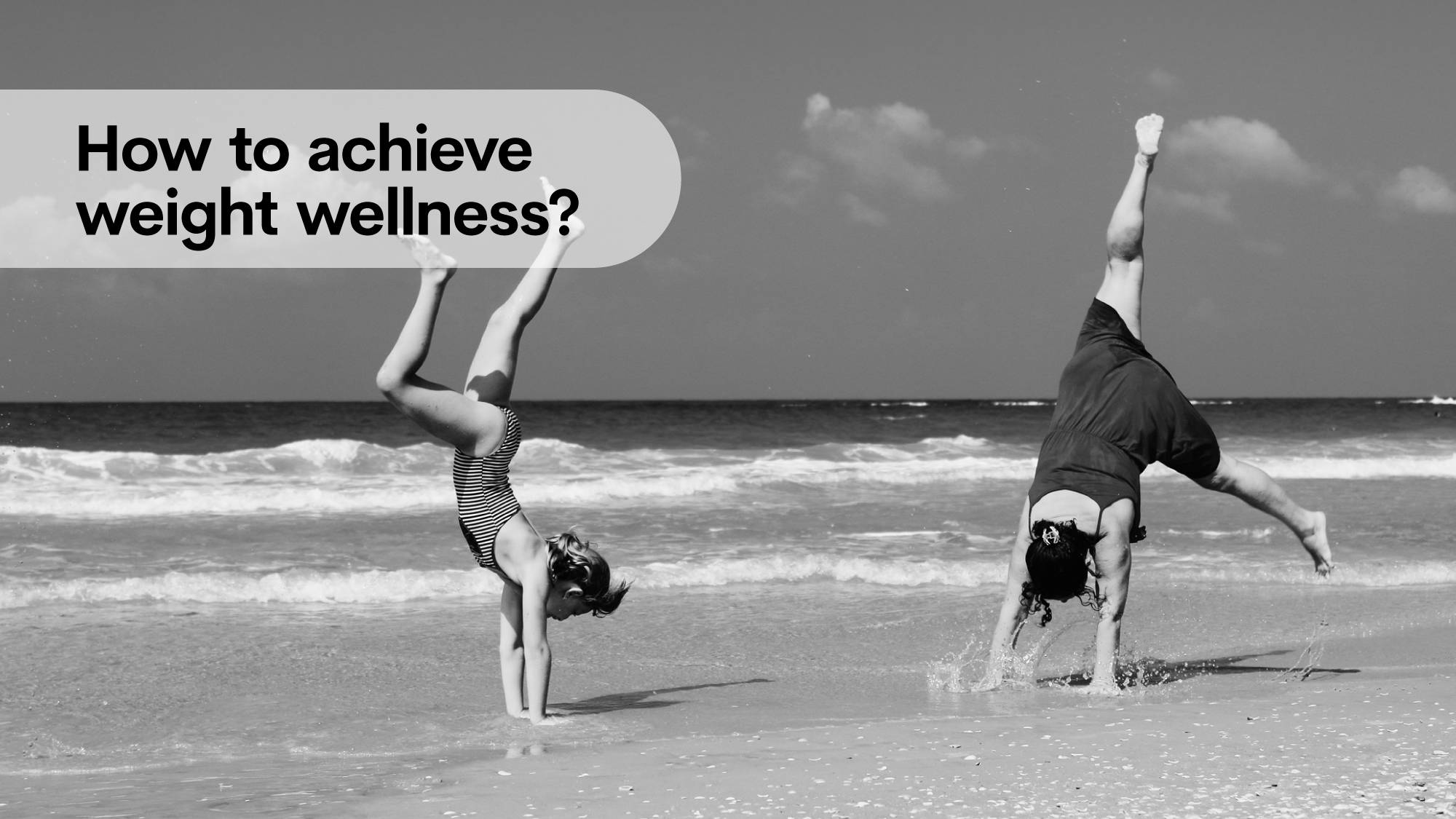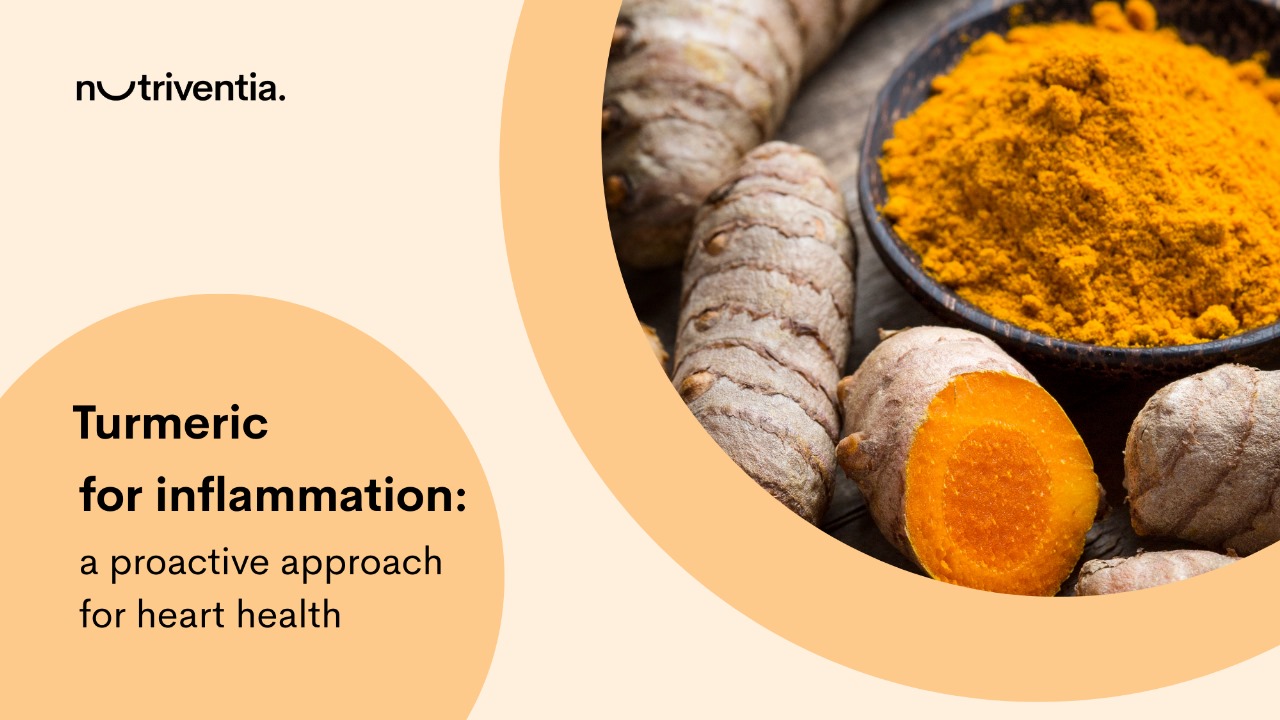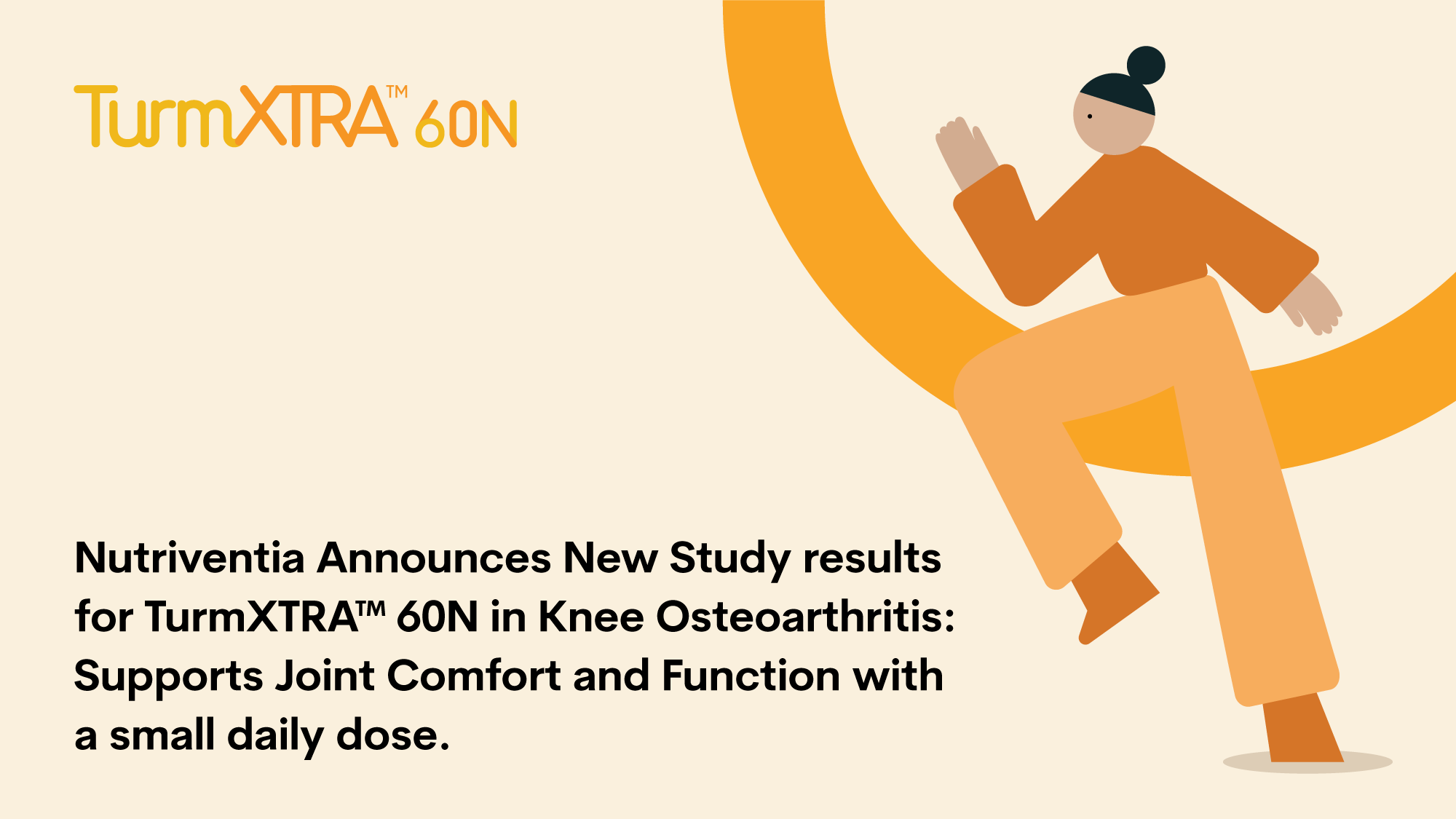Aging doesn’t have to mean getting weaker— just ask comedienne Chelsea Handler, who recently proclaimed, “I have cellulite, and it’s not shameful.” Like many women, Handler is shifting the focus from appearance to strength and health. Jennifer Aniston, approaching 56, swears by strength training as part of her wellness routine, emphasizing muscle and bone health over outdated beauty standards.
These women are proving what science already knows — lifting weights isn’t just about looking good; it’s about staying strong, independent, and thriving at any age.
In an article on UCHealth.org, physical therapist Sania Killion commented, “Strength training for women, especially those over 50, has been overlooked for a long time, but it’s finally getting the attention it deserves. It’s really important for maintaining muscles, bone mass and keeping you doing the things you want to do, no matter your age. It’s never too late to build muscle.”
First, it’s worth noting the differences between muscle and strength in women versus men.
Women’s Musculature Vs. Men’s
Although women and men have the same skeletal muscles physiologically, there are distinct differences between the genders. For example, men have greater muscle mass and larger muscle fibers, largely due to their higher testosterone – a hormone that galvanizes muscle growth, density and protein synthesis. This is why men generally have the ability to lift and move higher weight than women.
However, not all muscle is the same, there are distinct differences in muscle fiber type. Women have a higher proportion of type 1 (slow-twitch) muscle fibers, which provide extended endurance, while men have more type 2 fibers (fast-twitch), responsible for bursts of sheer strength.
In addition, muscle distribution varies between the sexes. Men tend to have more upper-body muscle (e.g., chest and shoulders), whereas women have greater muscle mass in the lower body (glutes, thighs) influenced by estrogen and other factors related to pregnancy and childbirth.
Because women have more endurance-focused muscle fibers, they may excel in sustained strength training but may take longer to build raw power.
And, here’s a great news for women: they can absolutely build muscle size and strength (a process known as hypertrophy), though their potential for hypertrophy is lower than men’s due to less testosterone.
The Hormonal Factor
Even in the healthiest and happiest of women, menopause can bring a storm of symptoms and accelerated systemic changes, such as muscle mass loss and reduced strength.
Research shows that dwindling estrogen has a noticeable impact on musculature. during reproductive years, higher estrogen levels help maintain muscle mass and strength by stimulating protein synthesis. In women, muscle cell growth process relies heavily on estrogen; so when estrogen levels drop, muscle production slows too.
However, a meta-analysis of 12 studies found that menopausal women can improve strength, enhance physical activity and protect bone density as well as hormonal and metabolic function through regular strength-conditioning exercises.
Muscle Training and Bone Health
As women enter their post-menopausal years, bone turnover shifts to a state where the bone-breakdown cells (osteoclasts) outpace the bone-building cells (osteoblasts). One commonly recommended strategy to support bone health is weight-bearing exercise.
One study found that women with osteopenia/osteoporosis who followed a six-month resistance-training program experienced an increase in bone mineral density as measured by DEXA scan.
The Lifting Intervention For Training Muscle and Osteoporosis Rehabilitation (LIFTMOR) trial examined the effects of exercise on bone health in 28 women. The study compared two groups over eight months: one performing twice-weekly, 30-minute sessions of supervised high-intensity progressive resistance training (HiPRT) and impact loading, and the other following a low-intensity home-based exercise program of the same duration. Results showed that the HiPRT and impact-loading group experienced improvements in femoral neck and lumbar spine bone mineral density.
Additionally, a meta-analysis of 17 studies examining the link between weight-bearing exercise and bone health in menopausal women found “a significant low-moderate effect of dynamic resistance exercise on bone mineral density changes in postmenopausal women.”
The Role of Turmeric
A Newson Health survey, “Women’s Experiences of Perimenopause and Menopause 2024” gathered responses from nearly 5,800 perimenopausal and menopausal women. Regarding exercise habits, the survey found that 18% exercised daily, 25% two to three times a week, and 35% once a week, while 23% rarely exercised.
One challenge with strength training, especially when starting or increasing intensity, is muscle soreness (often called “delayed onset muscle soreness or DOMS). DOMS is described as a “type of ultrastructural muscle damage caused by high-intensity eccentric muscle contractions or unaccustomed forms of exercise.”
This is where turmeric, a well-researched natural ingredient, can help. Studies have shown that certain turmeric extracts, like TurmXTRA® 60N, can significantly reduce muscle soreness and speed up recovery.
An highly effective solution for reducing DOMS is TurmXTRA® 60N 6water-dispersible turmeric extract. Results from a human study showed that TurmXTRA® 60N significantly reduced the intensity of muscle soreness by almost six times compared to the placebo group 48 hours post-exercise. Additionally, the recovery improved by almost nine times, 72 hours post-exercise in the TurmXTRA® 60N group.
Traditional turmeric supplements often suffer from poor oral bioavailability, requiring very large doses (approximately 6–8 g of turmeric powder or 1500–2000 mg of turmeric extract standardized to 95%) for gaining optimal effects. But these high levels can cause gastrointestinal side effects.
A study compared the bioavailability of 250 mg TurmXTRA® 60N (containing 60% natural curcuminoids) taken once daily with a leading turmeric extract containing 500 mg curcuminoids plus 5 mg piperine, taken three times daily ( totalling 1,500 mg per day) in 16 healthy volunteers. Results showed that TurmXTRA® 60N exhibited improved relative absorption at a 10-fold lower dose of actives ingredients compared to turmeric-piperine product.
Conclusion
Women at any age can enjoy the benefits of weight training. The key to success is consistency maintaining a regular workout schedule to achieve lasting improvements in health and vitality. While we all tend to take breaks from exercise, for any number of reasons, but when we return, it’s likely DOMS will too. Fortunately, TurmXTRA® 60N can ease this transition, helping women recover faster and get back to training with lesser discomfort.


